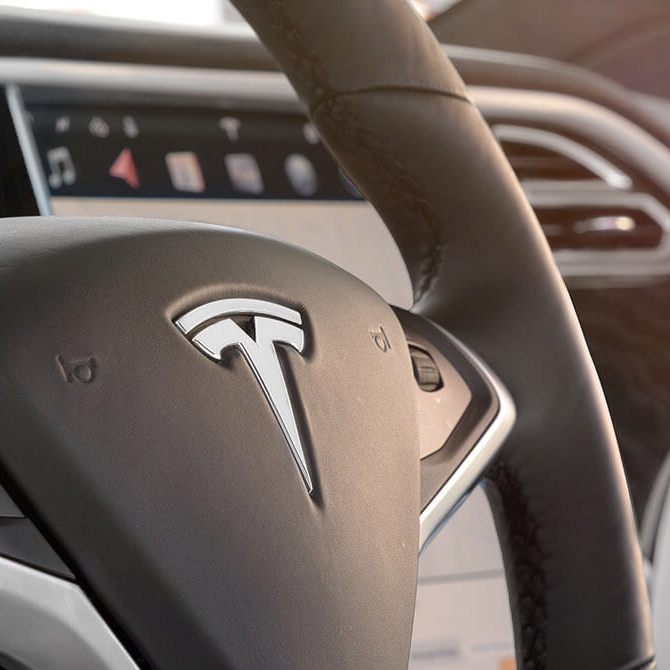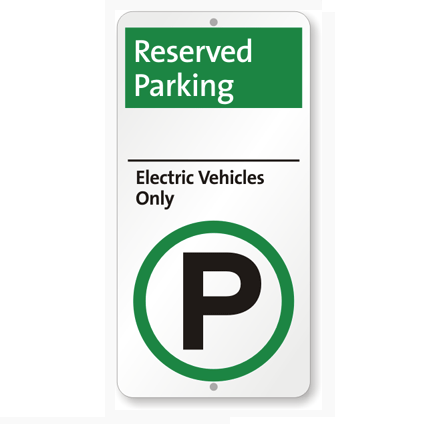Driving
Tesla cars feature Regenerative Braking, which is enabled by default.
Unlike conventional cars, when you let off the accelerator pedal, the car will not coast.
Instead the car will regenerate energy and decelerate.
At faster levels of deceleration, the rear brake lights will appear, even though the brake pedal is not pressed.
To accomplish a very slow deceleration or traditional "coasting", drivers learn to release the accelerator pedal slightly but not completely.
Everyday Charging
Unlike conventional cars which can be quickly refueled, An electric car takes time to charge.
The charge time depends greatly on the size of battery and type of charger.
The rate of charge slows when the battery approaches full.
Most drivers charge at home or office.
Typically the car battery is full before leaving work or home.
Drivers may want to estimate average daily driving distances requirements before choosing chargers or battery sizes.
Some drivers are comfortable driving more per work day than they can charge, making up the difference on weekends.
Travel Charging
The Tesla navigation screen will manage recharging stops while travelling.
This navigation will route travel through Tesla Supercharging stations and estimate total travel time.
One hour of charging is required for every several hours of driving.
Cold winter driving requires longer, more frequent charging.
Destination Charging
Many destinations have destination chargers
You can look for destinations that have known chargers at Tesla online.
Some destinations have chargers that are not listed with Tesla.
Many drivers use a third-party app to locate these additional chargers.
PlugShare is one such app.
Preferred Parking
Some locations have preferred parking for electric vehicles
If the charger is not Tesla specific, you will need an adapter to use the charger





